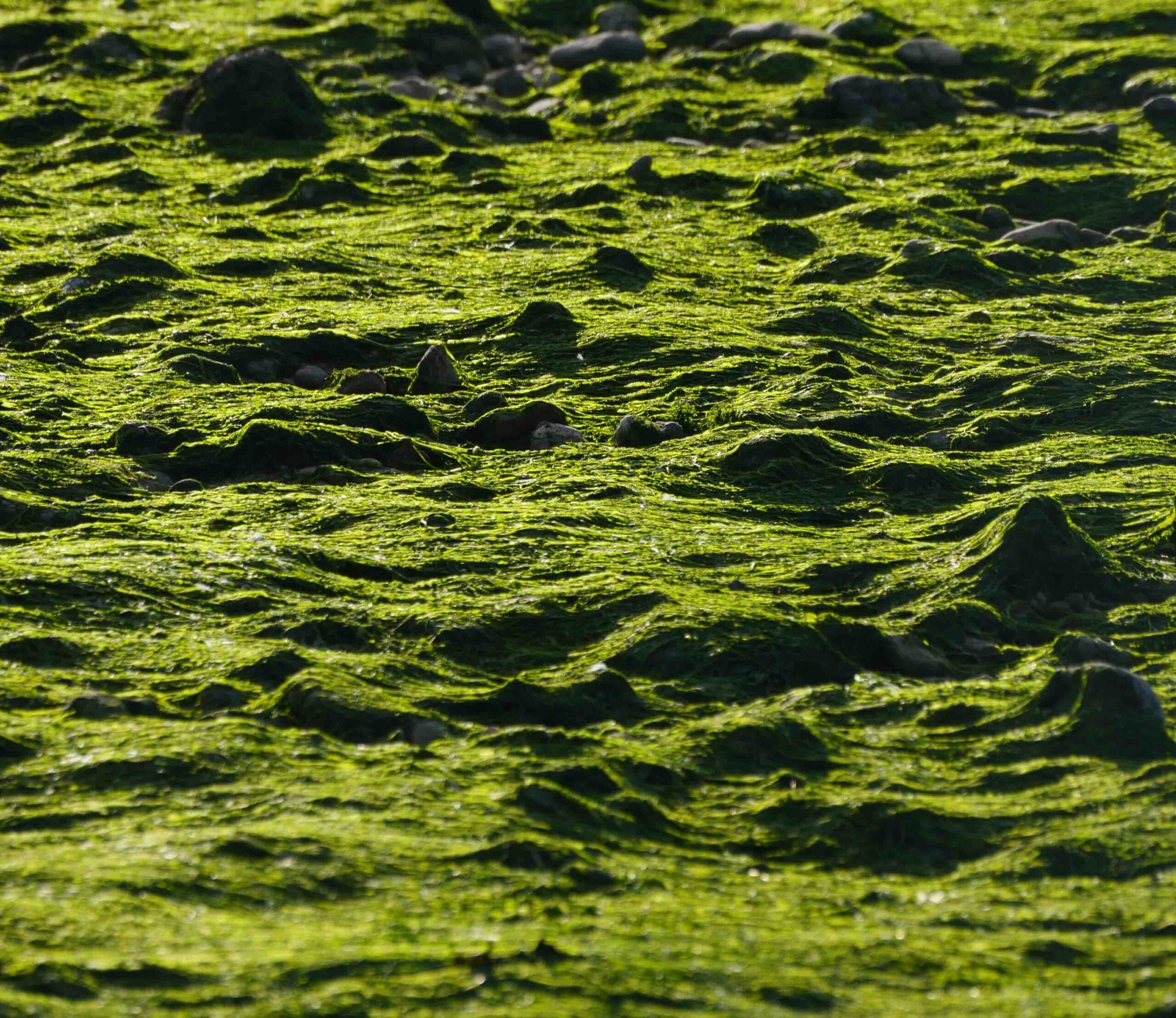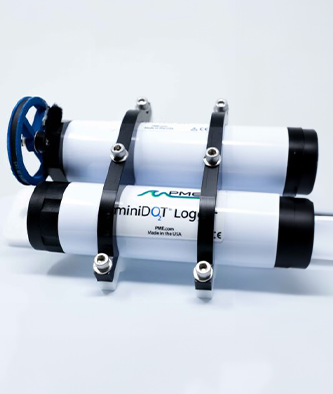Applications
Harmful Algal Blooms
(HABs)

Harmful algal blooms (HABs) are excessive algae growth that have negative impacts on other organisms in the water. They can consist of cyanobacteria (blue-green algae) or dinoflagellates/ diatoms (microalgae or red tide). Recent years have seen a noticeable increase in the number of HABs, much to the detriment of nearby bioecological systems.
Sunlight, slow-moving water and nutrients like nitrogen and phosphorus all contribute to the creation of harmful algal blooms. Nutrient pollution feeds algal growth, which simultaneously depletes the water’s dissolved oxygen levels. Significantly low dissolved oxygen levels create anoxic conditions, creating a deadly environment for plants and aquatic life in the water. Agricultural runoff contains substances such as fertilizers and animal manure, making it a major source of nutrient pollution. Leaks from motor vehicles, power plant runoff and a multitude of detergents have also become more prevalent in our watersheds as a result of daily human activities – further promoting HABs.
Water quality monitoring can facilitate early detection of HABs and offer insights into the dynamics and impacts of ongoing blooms. PME’s miniDOT® Logger can help researchers identify future and current HAB threats by measuring dissolved oxygen levels in the water column. PME also offers the miniPAR Logger, a portable and submersible instrument for measuring diffused sunlight through water, or PAR (Photosynthetically Active Radiation). PAR is a key parameter for understanding nutrient loading, photosynthesis, algae blooms and other biological, chemical or physical processes. PME miniPAR Loggers can monitor the light penetration at various depths, providing data as to how quickly algal blooms can occur based on the amount of light received. Finally, PME’s Cyclops-7 and C-FLUOR Loggers can monitor Chlorophyll (CHL) and phycocyanin (blue-green algae) levels to help identify HABs in a body of water.


